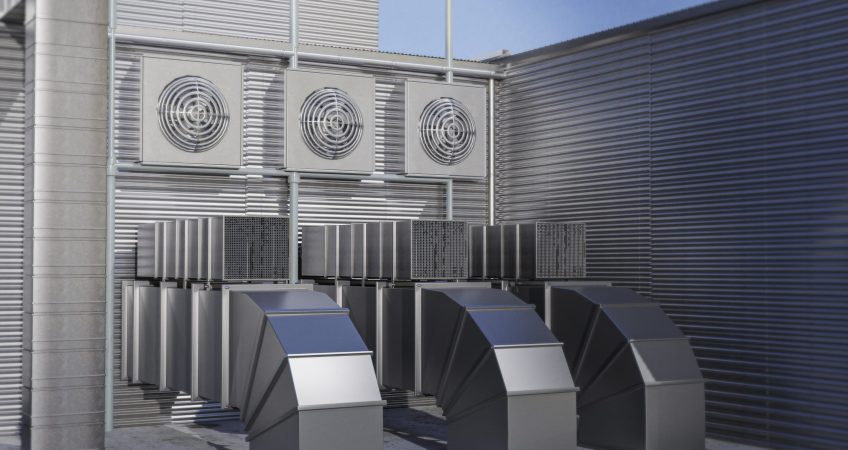In the pursuit of healthier and more comfortable living and working spaces, the significance of ventilation systems cannot be overstated. Ventilation systems play a pivotal role in maintaining indoor air quality, regulating temperature, and creating environments conducive to overall well-being. In this comprehensive exploration, we will delve into the importance of ventilation systems, the diverse types available, and the essential factors to consider, when selecting and maintaining these systems.
Why do we need Ventilation Systems?
Ventilation systems are indispensable for sustaining a healthy indoor environment through the continual exchange of indoor and outdoor air. This exchange is critical for several reasons:
- Air Quality Enhancement: Indoor spaces can accumulate pollutants, ranging from dust and allergens to volatile organic compounds (VOCs). Ventilation systems actively contribute to the removal of these contaminants, significantly improving indoor air quality.
- Temperature Moderation: Efficient ventilation systems aid in regulating indoor temperatures by expelling warm air. They introduce cooler air from the outside to maintain a comfortable environment. This process is particularly vital in spaces where precise temperature control is imperative. Such spaces include residential homes, where comfort is paramount. Additionally, office buildings and commercial establishments benefit from this temperature regulation for a conducive working environment.
- Moisture Management: Proper ventilation prevents the accumulation of excess moisture, which, if left unchecked, can lead to mold growth and other related issues. By expelling humid air and introducing drier air, ventilation systems play a crucial role in maintaining a comfortable and healthy indoor environment.
Types of Ventilation Systems
A variety of ventilation systems cater to diverse needs, with the choice dependent on factors such as the space’s size, intended use, and local climate. Here are the primary types of ventilation systems:
- Natural Ventilation: This approach utilizes windows, doors, and other openings to facilitate the natural flow of air into and out of a space. While energy-efficient, natural ventilation may not offer consistent airflow in all weather conditions.
- Mechanical Ventilation: Mechanical ventilation employs fans and ducts to actively circulate air within a space. This type of ventilation system provides greater control and customization options, allowing for the fulfillment of specific air quality and temperature requirements.
- Whole-House Ventilation: Tailored for residential buildings, whole-house ventilation systems ensure continuous air exchange throughout the entire home. These systems are instrumental in preventing the buildup of indoor pollutants and maintaining a healthy living environment.
- Heat Recovery Ventilation (HRV) and Energy Recovery Ventilation (ERV): HRV and ERV systems recover heat or energy from outgoing air, pre-conditioning incoming air. This not only maintains a comfortable indoor temperature but also enhances overall energy efficiency.
Considerations for Choosing and Maintaining Ventilation Systems

